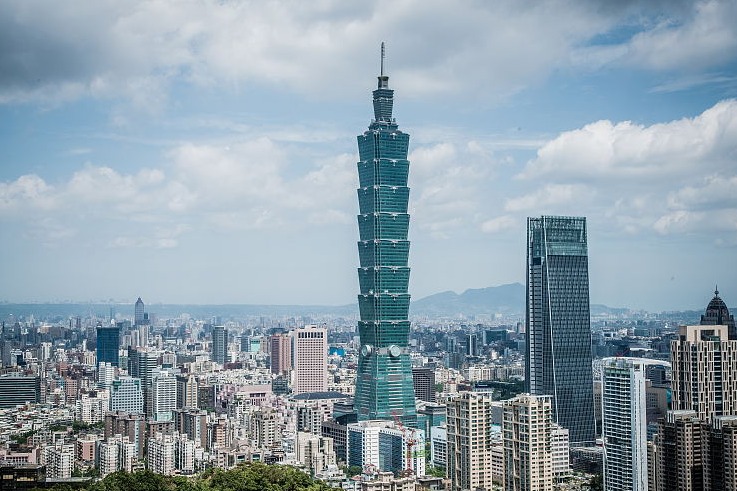Major test brings lunar mission closer to reality


China has successfully completed a major test of its manned lunar lander, marking a significant breakthrough in its lunar exploration program, the China Manned Space Agency announced on Thursday.
The comprehensive landing and takeoff test was conducted at the extraterrestrial landing test site in Huailai county, Hebei province, on Wednesday. It was the first time China tested the landing and ascent capabilities of a manned spacecraft designed to travel to extraterrestrial bodies.
The successful trial represents a critical step in China's manned lunar exploration project, laying the technical foundation for future moon landings. The test involved complex working conditions, a long preparation cycle and great technical challenges, the CMSA said.
In China's manned lunar mission, the lander — named Lanyue — is responsible for transporting astronauts and supplies between lunar orbit and the surface. It also supports astronauts' stay and activities on the moon. The vehicle has been designed with an emphasis on safety, comfort and smart technologies, officials said.
Newly developed for China's first crewed moon mission, Lanyue consists of two parts: a landing cabin and a propulsion cabin. It can carry two astronauts and transport them between orbit and the lunar surface. The vehicle is also capable of carrying a lunar rover and scientific payloads, as well as serving as the astronauts' base for life support, energy supply and data processing during their stay on the moon.
The integrated test verified key systems, including the lander's flight control strategies, landing shutdown mechanism, guidance-navigation-control systems and interface coordination between various subsystems.
"Safety is always the top priority in manned spaceflight," Huang Zhen, a senior official at China Aerospace Science and Technology Corporation, told China Central Television. "We've designed the lander with engine redundancy, meaning even if one engine fails, the crew can still be brought back safely to lunar orbit and ultimately home."
The trial run included emergency condition simulations, designed to test whether astronauts could be safely returned to orbit in the event of an in-flight malfunction.
"To ensure a smooth and comfortable landing on the lunar surface, we've imposed strict requirements on cushioning and descent performance," Huang said. "Each of the four landing legs provides critical shock absorption."
In addition to carrying out transportation between orbit and the lunar surface, the lander also needs to support the astronauts' living conditions while orbiting the moon.
"The lander shoulders a variety of missions, and the design challenges are immense," Huang noted. "Every gram of weight is carefully calculated and used to its maximum potential. The integrated structure looks robust, but in fact, some parts are no thicker than a soda can. We've pushed lightweight design and structural integration to the limit, achieving a highly sophisticated system with minimal launch weight."
China aims to land its astronauts on the moon by around 2030, with the Lanyue lander playing a central role in the mission.
The latest test underscores the nation's growing ambitions in deep space exploration and brings its manned lunar goals a step closer to reality.
- Acrobatic extravaganza ERA marks 20th anniversary as it eyes more visitors
- China's contribution to talent cultivation for China-Laos Railway highlighted
- Intl circus festival opens in Wuqiao
- Xi's article on community for Chinese nation to be published
- SCUT vows overhaul of campus safety protocols after crash kills student
- Shanghai inaugurates first highway supercharging station





































